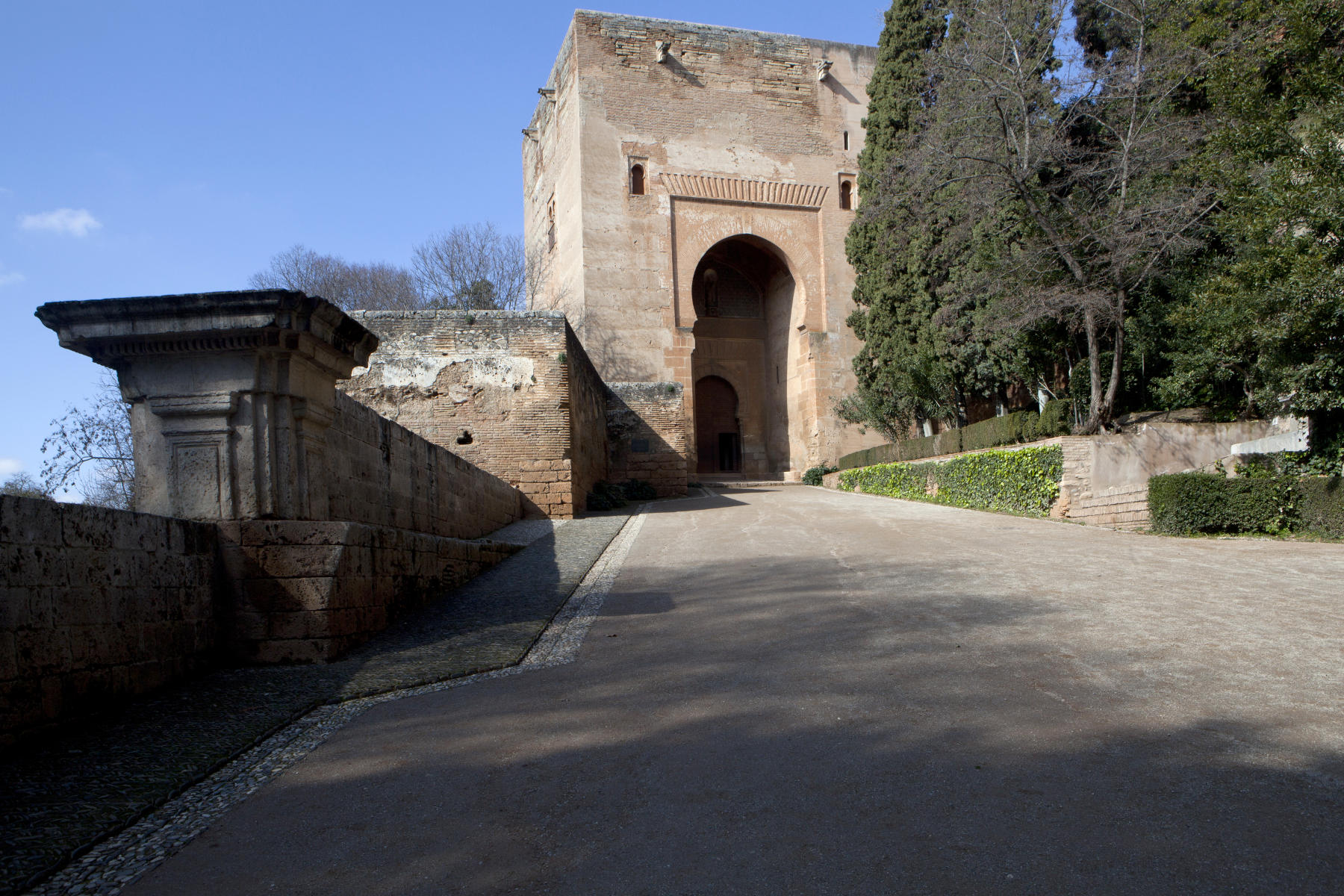 BACK
BACK
The Gate of Justice
The Gate of the Justice is also known as Gate of the Esplanade by the wide space that extended in front of it. It majestous figure oversees all the ambit and it's been made one of the symbols of the Alhambra.
 Make your selection to discover more places
Make your selection to discover more places
Adjacent to the Gate of Justice is a circular artillery bastion from where a cut stone wall descends, in front of which a Grenadian Renaissance sculptural masterpiece of stone stands: Charles V’s Pillar.
In the centre of the Esplanade is another more modest pillar in honour of the writer Washington Irving, built to commemorate the centenary of his death.
The Gate of Justice (Puerta de la Justicia) is also known as the Gate of the Esplanade (Puerta de la Explanada) because of the large esplanade that extended before it. Its magnificent silhouette stands out, making it one of the symbols of the Alhambra.
In addition to its structural function, the Gate features one of the most significant symbolic icons of the Alhambra: the hand carved in the keystone of the arch and a key in the centre of the inner archway (Islamic symbols). These contrast with the Gothic figure of the Virgin and the Child, by Roberto Alemán, placed over the original Arab inscription of the Gate by order of the Catholic Monarchs.
Four engaged columns with the representation of the Muslim Faith carved on the capitals, frames the door, which has preserved its iron-plated door leaves and other original iron work, recently restored.
The interior of the Gate, with its defensive two turns to climb the steep ascent, contains three kinds of vaults: an elongated cross-vault, a cupola and three traditional cross vaults, all painted with red brick-like decoration, a common feature of the Nasrid architecture.
Outside the gate, and by request of the inhabitants of the Alhambra in 1588, an altarpiece painted by Diego de Navas el Joven, was hung in the place where the first Mass was celebrated after the Christian conquest. The inner side of the Gate preserves part of the rich original decoration of rhombus tile patterns in the spandrels of the horseshoe arch.
Opposite the gate is a wide outer-road at the wall foot, reinforced after the Christian conquest with sepulchre marble slabs. Further up the road we reach the starting point of the official guided tour, the Façade of the Gate of Wine, in front of the the Cisterns Square.
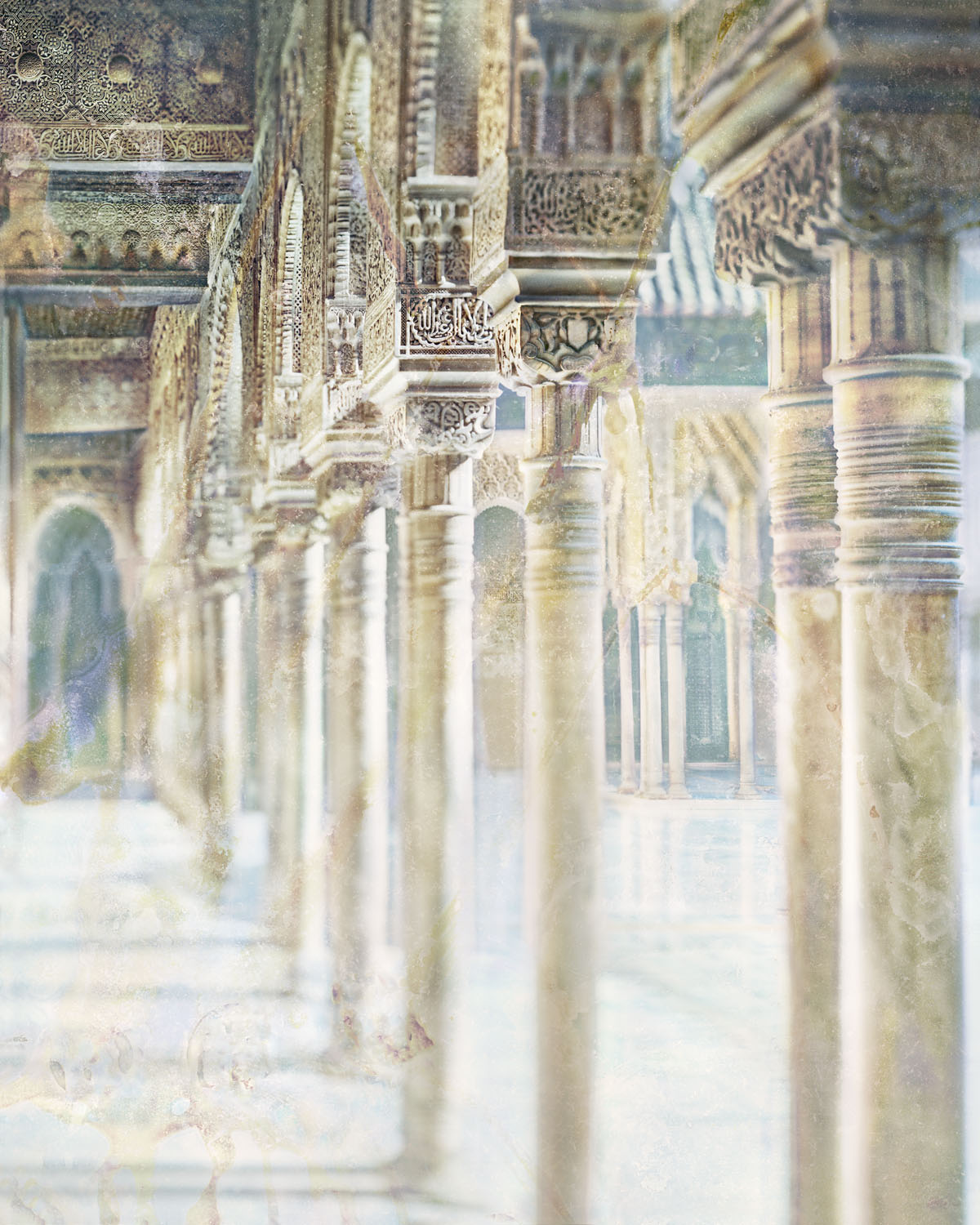
La Alhambra, a look from Fernando Manso
MORE INFORMATION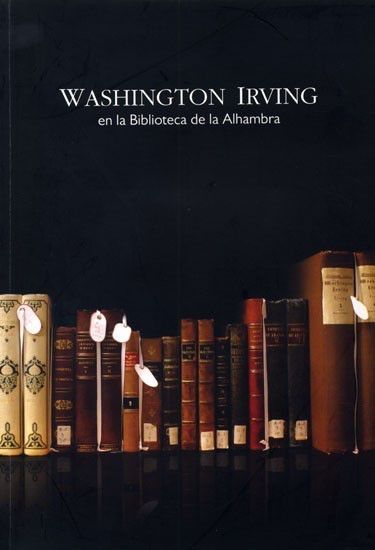
WASHINGTON IRVING AND THE ALHAMBRA
MORE INFORMATION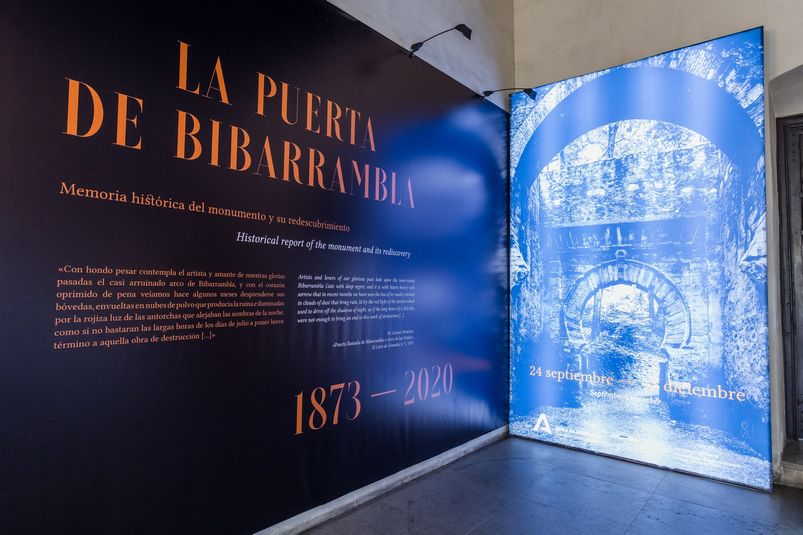
THE GATE OF BIBARRAMBLA. Historical report of the monument and its rediscovery
MORE INFORMATIONTHE EMPEROR´S CHAMBERS
MORE INFORMATION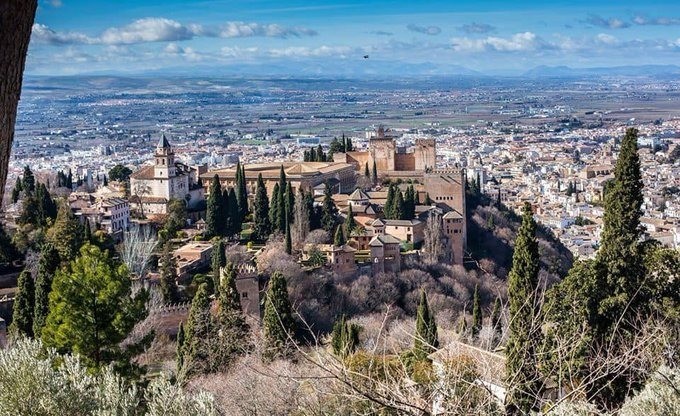
The Council of Alhambra and Generalife will refund automatically the full amount of the bookings
MORE INFORMATION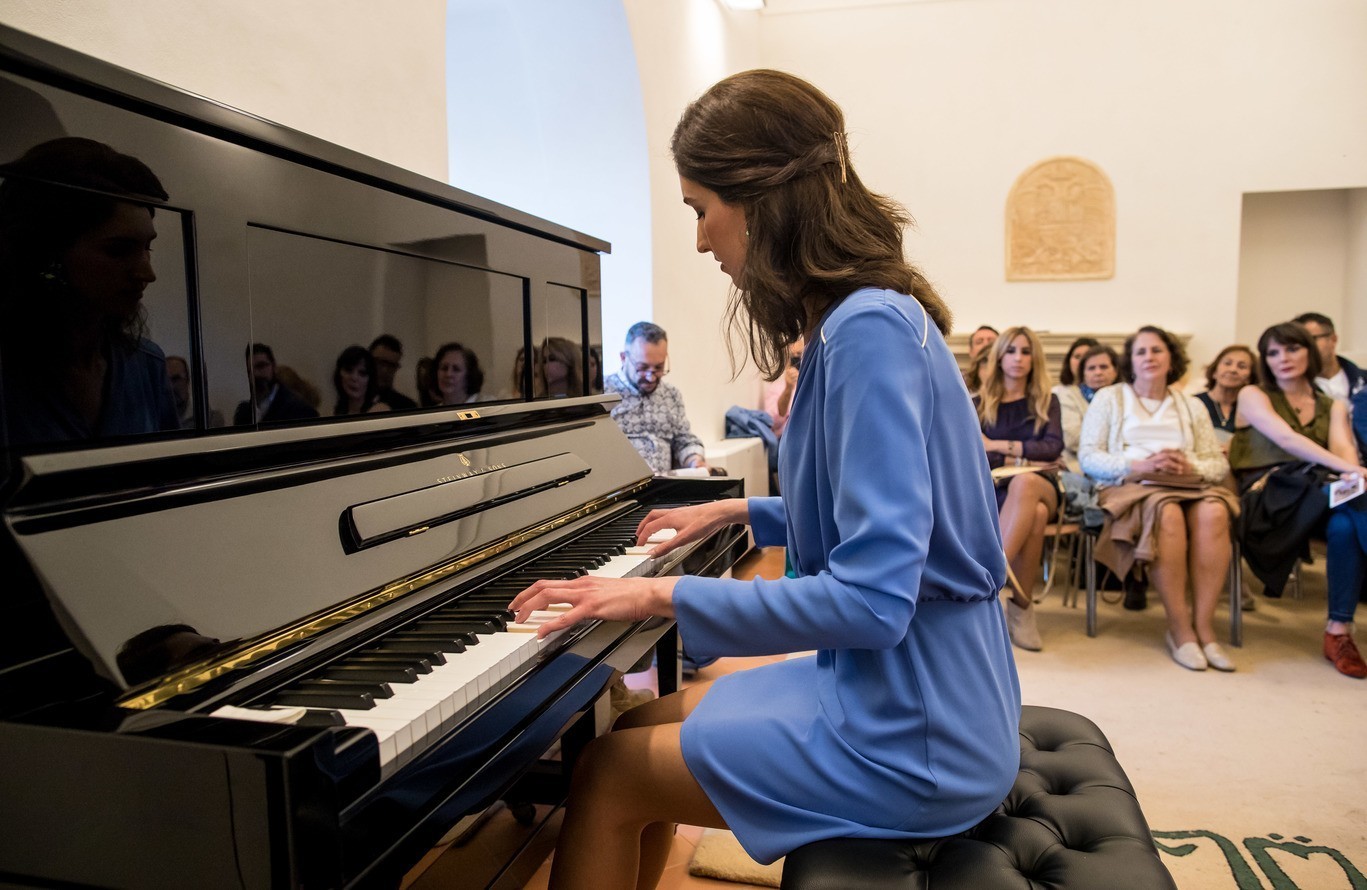





 Contact
Contact






